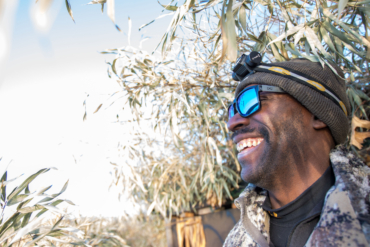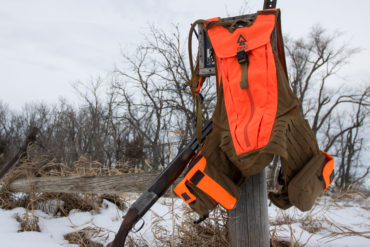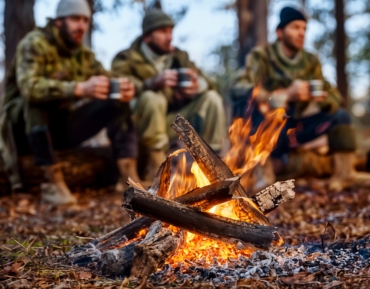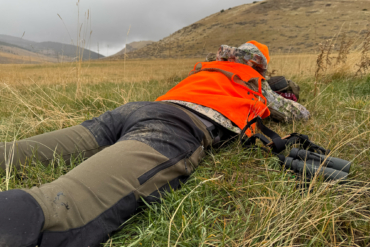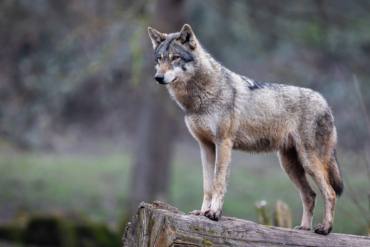In a big win for wildlife and wildlife-lovers, the U.S. Department of the Interior (DOI) detailed a conservation funding plan on April 7.
Migrating wildlife in the United States got a boost on Thursday, courtesy of Interior Secretary Deb Haaland.
Haaland and the DOI lined out several actions the department will soon undertake to bolster wildlife corridors throughout the Western U.S. The initiatives seek to balance conservation and restorative efforts with busy highways and various other stakeholders, including Indigenous groups.
The $9.5 million plan ($2.5 million from the fed, $7 million contributed privately) focuses on multiple wildlife corridors and habitat connectivity, primarily in the Intermountain West. Its various projects include improving big-game migration infrastructure across a busy tract of I-95 in Idaho and restoring wildfire-damaged mule deer habitat in California.
Haaland said:
To maintain healthy species populations and ecosystems, fish and wildlife must have the freedom to move and migrate. But as habitats and migration routes continue to be impacted by climate change and become fragmented by roads, fences, energy development, and other man-made barriers, wildlife are struggling to reach the necessary areas to feed, breed, and find shelter.
Enhancing wildlife migration corridors and habitat connectivity is a top conservation priority, and we’re committed to cultivating strong partnerships and providing the resources and tools necessary to support healthy wildlife populations across the country.

Practical Information: What Will It Do?
In all, the funding will reach seven states and three Tribes, culminating in a total of 13 projects. They’ll progress through the Improving Habitat Quality in Western Big Game Migration Corridors and Habitat Connectivity program.
As an example, one project in Oregon will install fencing to funnel mule deer and elk toward a new wildlife underpass along U.S. Highway 97. Ten miles of fencing will help the underpass reconnect a 75-mile migration corridor for the animals. Furthermore, this protects passing drivers.

Studies have shown that wildlife crossings like the underpass often benefit humans and wildlife. GearJunkie Hunt and Fish Editor Nicole Qualtieri asserted that safer migrations lead to better wildlife management at large. And the boon to highway drivers — especially after dark — is obvious.
The National Fish and Wildlife Foundation will administer the grant program. The DOI and the Department of Agriculture both contributed funding on the federal side.
And the U.S. Geological Survey published a detailed report that figures to play a supporting role. Working alongside state and Tribal wildlife agencies, it produced Volume 2 of its Ungulate Migrations of the Western United States report. The report provides detailed maps of migration corridors, stopovers, routes, and winter ranges.



